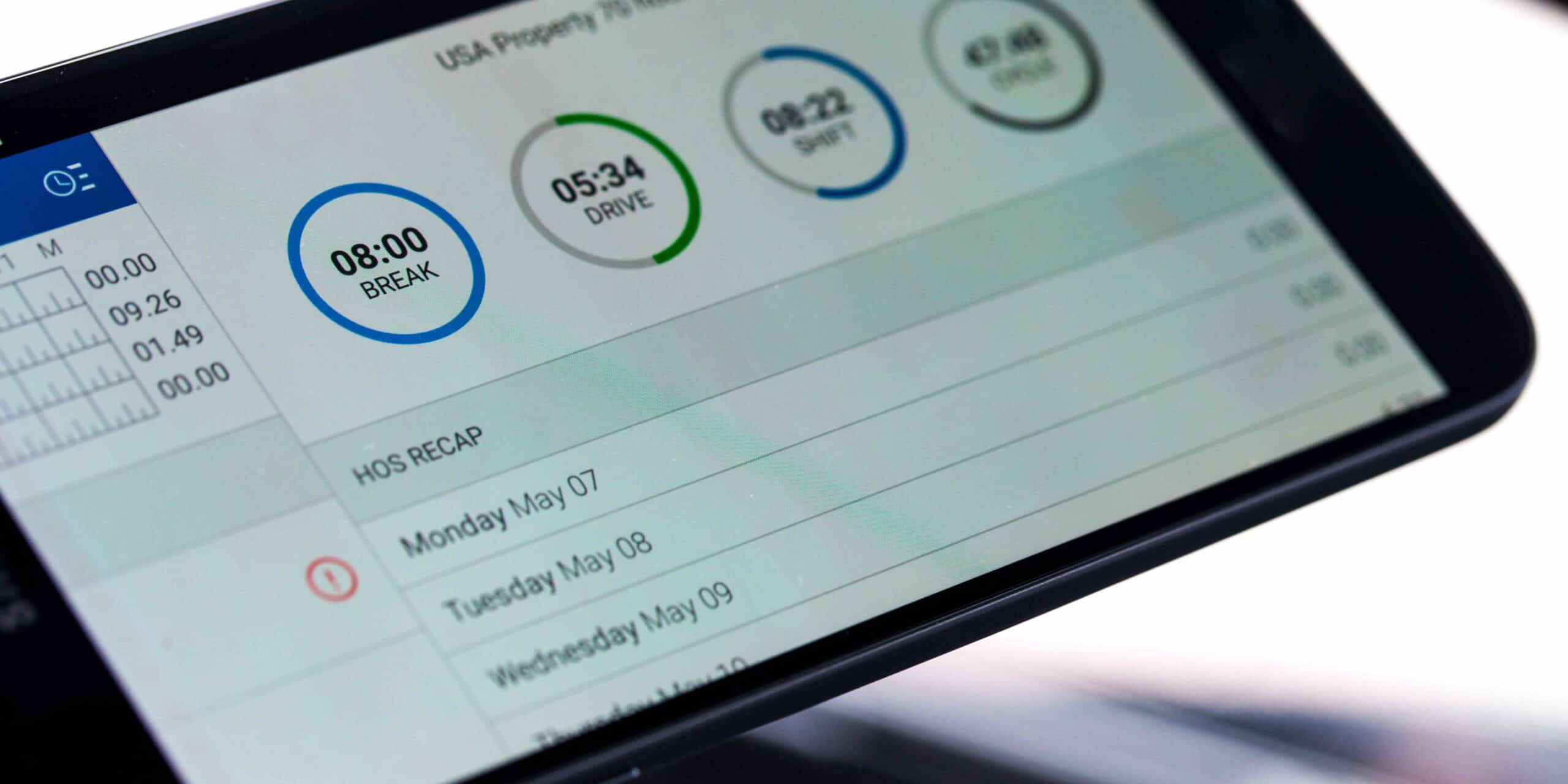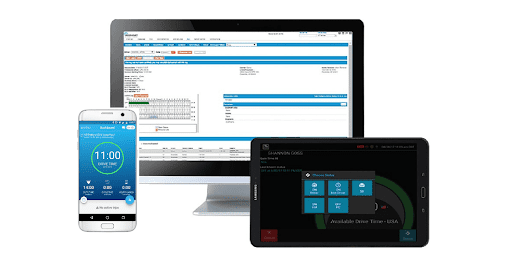Electronic logging devices (ELDs) were first introduced in the 1980s, and by 2015, they became a mandated requirement for commercial vehicles. Throughout that time, ELDs transformed the trucking industry, and today the technology continues to revolutionize the driver experience.
Trucking companies are preparing to move beyond ELD solutions and embrace even greater technologies.
How has technology changed truck driving?
Technology, as it has done to so many aspects of human life, impacts the way trucks are designed, making them more aerodynamic, fuel-efficient and comfortable. Trucking technology improves the actual driving experience as well.
For instance, advances in trucking technology have led to:
- Better route planning and guidance through GPS
- Fewer accidents thanks to lane departure warnings and collision avoidance
- Reduced maintenance due to fewer accidents and less wear-and-tear
- Improved hours-of-service management
- Data and analytics that help pinpoint problems and improve fuel efficiency
Together, these improvements have made driving easier while increasing supply chain safety and efficiency. As technology continues to improve, industry advances may entice a new generation of truckers attracted by the improved job conditions.
8 ways trucking technology improves the driver experience
Trucking tech continues to evolve, moving beyond basic ELD solutions to offer an entire suite of new adaptations. Here are eight ways technology is shaping the experience of today’s truck drivers.
In-cab camera technology
Although traditional dashcams have been around for years, the latest in-cab camera technology offers superior imaging, even in low-light conditions. This helps protect drivers and operators in the event of an accident or false insurance claim.
Commercial-grade navigation and tracking systems
Advanced navigation systems take the guesswork out of route optimization. As a result, drivers benefit from reduced out-of-route mileage, time savings and increased fuel efficiency.
Modern navigation for trucks provides real-time, cloud-accessible location information, offering an extra layer of security for the driver and freight.
Electronic scanning and document management
Electronic scanning and document management systems streamline record-keeping and reporting processes. With easier invoice-, BOL- and trip sheet summary-tracking, truckers can focus less on paperwork and more on driving safely. Trucking companies also benefit from more organized and secure document collection processes.
Temperature tracking
The temperature of a truck’s cargo is particularly important when transporting items like food, pharmaceuticals and chemicals. Temperature-tracking technology ensures that freight is safely transported in compliance with all applicable regulations.
Drivers can receive alerts when problems arise, enabling them to potentially react in time to avert temperature control-related losses.
Truck parking locations
When it’s time to make a stop for meals or rest, finding a place with truck parking spots can be challenging. Navigation tools, however, can guide drivers to areas that accommodate their vehicles, and even use parking availability to assist in route-planning. This helps ensure drivers’ access to restrooms, food and amenities that keep them feeling refreshed and alert throughout their routes.
Voice command
Some navigation tools and ELD solutions add an extra level of safety with voice command technologies. They empower truck drivers to make route adjustments without turning their attention away from the road. Even when stationary, drivers can avoid the frustration of navigating system menus with sophisticated voice command technologies.
Compliance, Safety and Accountability scores
Automated trucking technology also helps drivers boost CSA scores by providing digital forms, driver logs and inspection reports. Along with easier document collection, drivers benefit from instant access to any record they need, saved securely in the cloud.
Overall improved communications
Clear, efficient communication is a prerequisite for efficient supply chain operations. Fortunately, modern technologies empower organizations to safely remain in touch with drivers throughout their trips. Many solutions feature voice command capabilities so truckers can connect with dispatchers without turning their attention away from the road.
Communication tools also help drivers stay in contact with customers, leading to faster deliveries and greater overall client satisfaction.
Technology and the future of trucking
What does the future hold for the trucking industry technologies as they continue evolving beyond ELD solutions? We’ll almost certainly see increased reliance on advanced tracking, navigation and automated information management technologies.
With a shortage of truck drivers, it’s also possible that we’ll eventually see the arrival of self-driving trucks. In the meantime, drivers can expect technologies that make their jobs easier and attract new blood to this in-demand field.
FAQ
Technology has become an integral part of freight transportation and supply chains in general. It contributes to the safety of all drivers, while improving delivery speed and efficiency.
Smart technology in transportation refers to a broad number of solutions that facilitate efficient supply chain operations. They enable, for instance, streamlined communications, advanced route optimization, and automated record-keeping, among other capabilities. These advanced systems help drivers operate trucks safely and keep customers up-to-date on delivery statuses.
In addition to ELD solutions, modern truck drivers use dashcams, route-planning platforms, navigation systems and tracking tools. Operators may also install technologies to monitor driver behavior and provide continuous shipment location and status updates.



